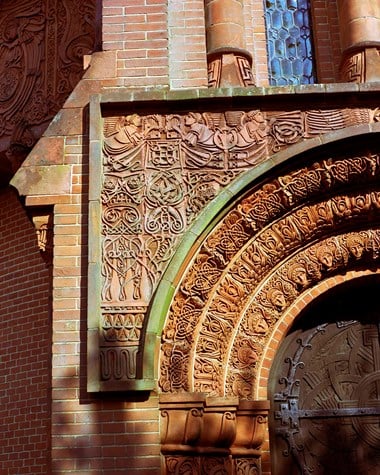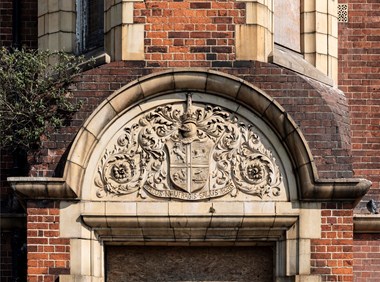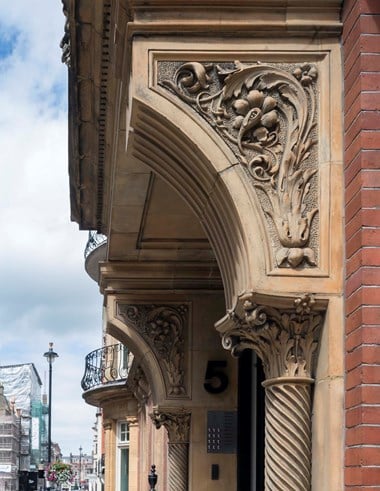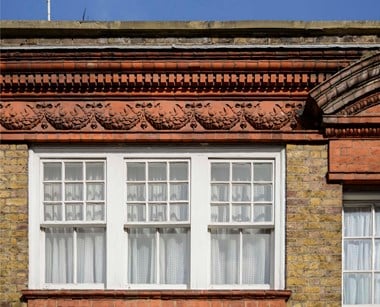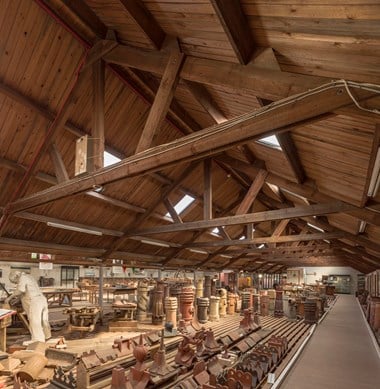Understanding and Conserving Terracotta and Faience
Terracotta and faience are strong and durable building materials, yet they can degrade through lack of maintenance or damage. They may also suffer from manufacturing and/or construction defects.
The key to their conservation is an understanding of the processes involved in their design, manufacture and use in construction, as well as their mechanisms of deterioration.
The relationship between terracotta units, how they are fixed to the underlying structure, and the nature and condition of that substrate, are all crucial parts of understanding and conserving a terracotta facade or structure.
Historic England supported the Tiles and Architectural Ceramics Society (TACS) to publish video recordings of their online conference Terracotta: Past, Present and Future in 2021:
- Dr Alan Swale ‘Architectural Terracotta and Faience: a historical perspective’
- Lesley Durbin ‘Terracotta – Common Causes of Degradation’
- Jo Bonsor ‘Conservation cleaning of terracotta’
- Catherine Woolfitt ‘Conservation of architectural terracotta – an analytical approach to remedial work’
- Andrew O’Donnell ‘Conservation case study – the Dorothy Annan panels’
- Mark Watson ‘19th and early 20th Century Terracotta in Central Manchester’
- Dr Alan Swale ‘Terracotta and Faience in the Present Age: a renaissance in progress?’
- The Process of Manufacturing Terracotta – a factory tour
- Jon Wilson ‘Terracotta, from Design to Build’
Further sources of information
TACS also provides a further reading list, and lists of conservators, restorers, manufacturers and suppliers.
Our Practical Building Conservation book ‘Earth, Brick & Terracotta’ (2015) covers:
- History of architectural terracotta in England
- Symptoms diagnosis of causes of deterioration including:
- Manufacture defects: contaminants, inadequate firing, shrinkage, warping and cracking, glaze defects
- Construction defects: block infill, bedding mortar and pointing, corrosion of embedded metalwork
- Environmental damage: moisture and frost, temperature, pollution, deterioration caused by plants and animals
- Condition surveys and diagnostic investigations
- Treatment, repair, replacement and cleaning including:
- Structural repairs
- Temporary stabilisation
- Repairing cracks or fractures
- Glaze repairs
Image gallery
Please click on the gallery images to enlarge.



